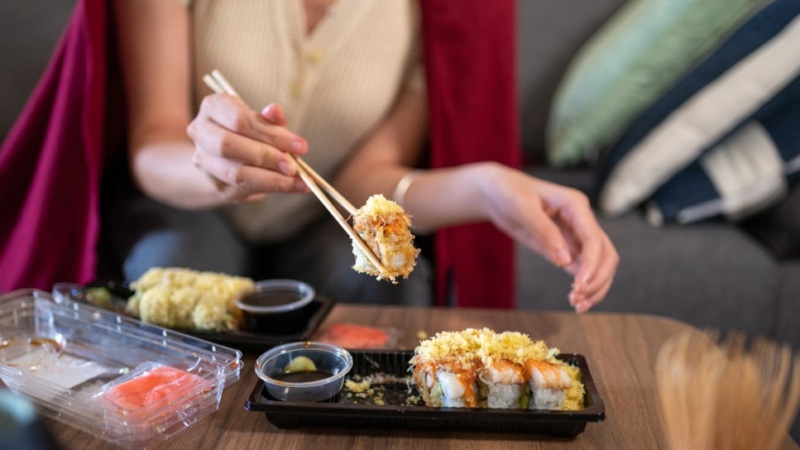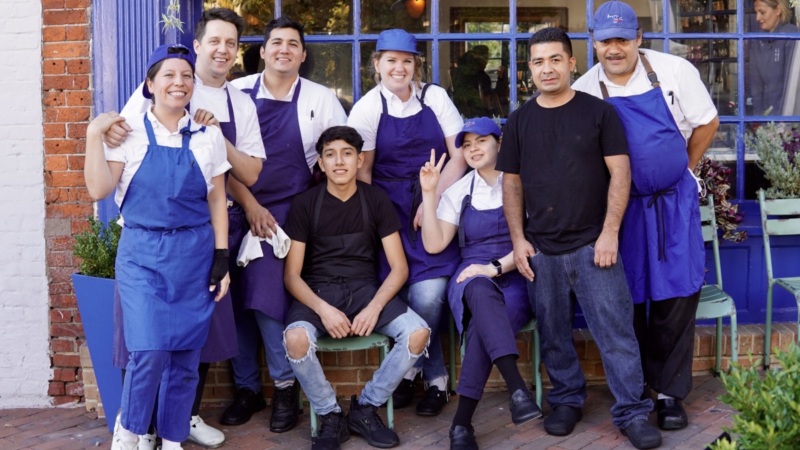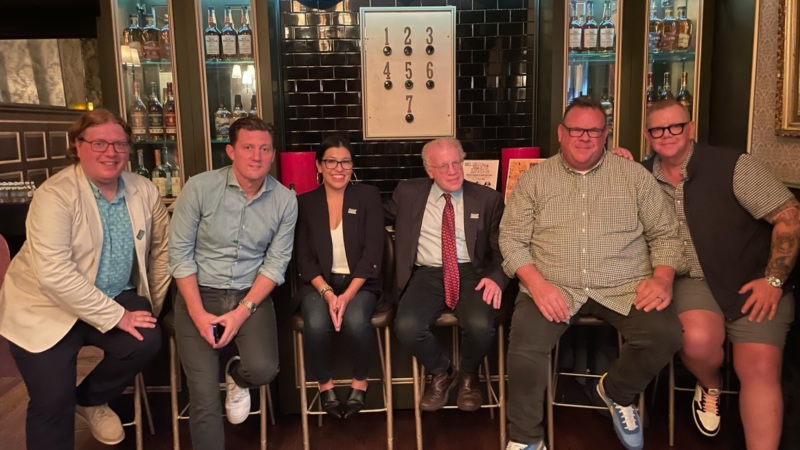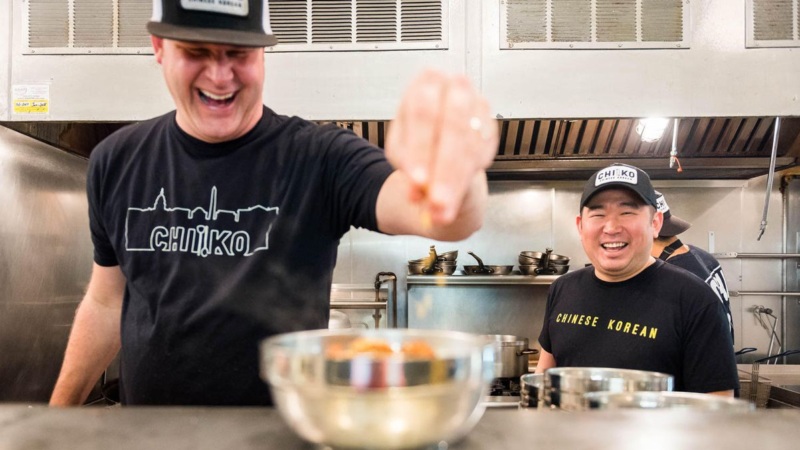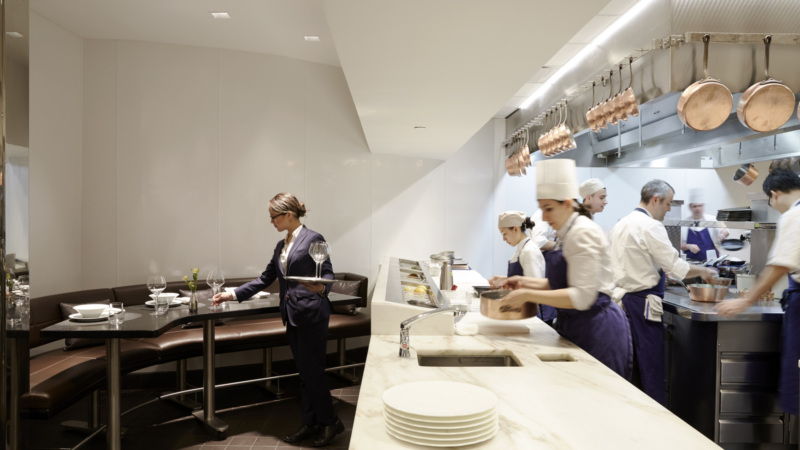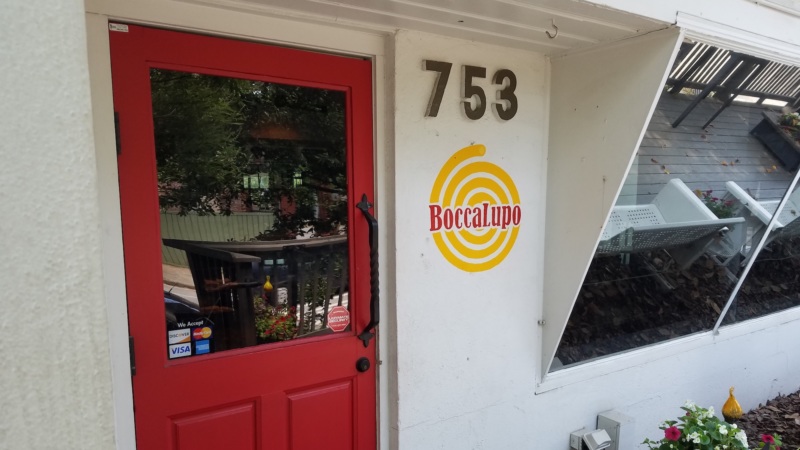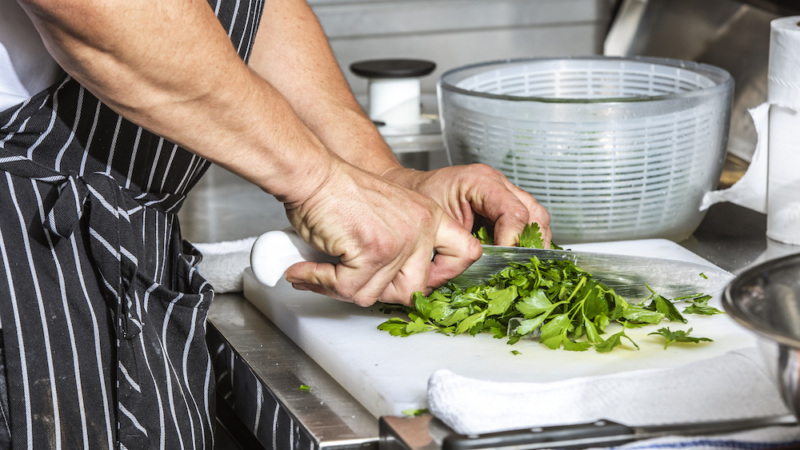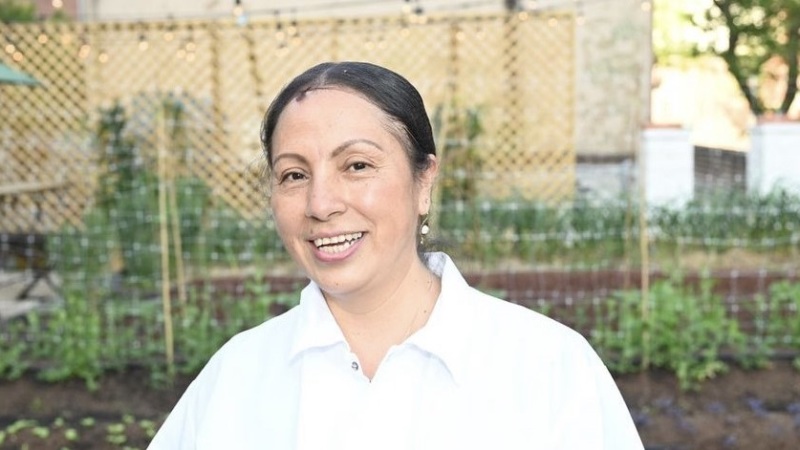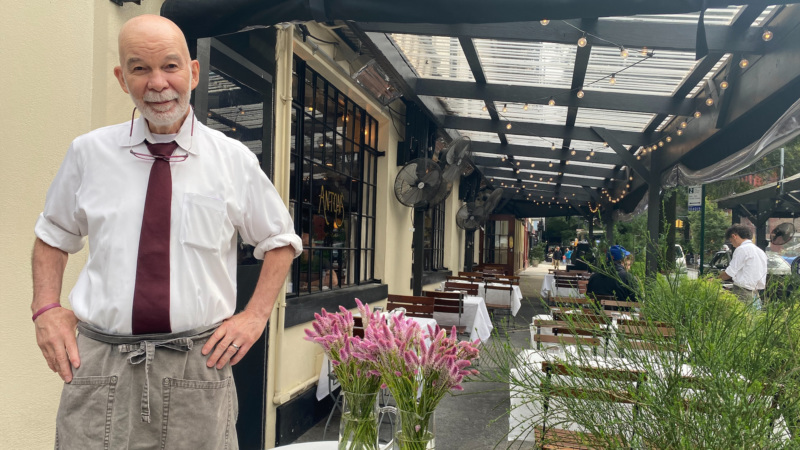

Onboarding and Retaining Staff
While staffing a restaurant is more challenging than ever, the difficulties don’t end once you’ve hired your dream team. Setting up your employees for success with onboarding and retention strategies is key to keeping your staff happy and encouraging them to stick around.
For our next installment of the Resy Roundtable, we talked to a handful of chefs and owners across the United States to get their best tips for keeping those employees that you worked so hard to recruit and hire.
1. When onboarding new employees, what have you learned about how best to get them up-and-running as quickly and efficiently as possible?
Matthew Kelly, chef-owner of Mateo, Mothers & Sons, Saint James, and Vin Rouge (Durham, North Carolina): We have a training regimen for each position and skill level. And we constantly evaluate new employees’ progress. Having a solid, consistent, strong company culture helps new hires adjust the best, I’ve found. Our goal is to always bring out the best of an individual’s potential.
Caitlin Carney, CEO and owner of Marjie’s Grill & Seafood Sally’s (New Orleans): We are pretty free flowing as a business but do have a training schedule that we base things on. Currently, we really base our training on the new hire’s skill set. If they are comfortable jumping right in, we train while they are active on the floor or on the line. Having one-on-one training is integral to getting folks up and running in the way you want them too. I do find that the instances where we were spread too thin to train properly, we did ourselves and the new hire a disservice by throwing them into the mix too quickly.
2. What does your training period and schedule look like?
Akiko Thurnauer, chef of Cha Kee (New York City): We normally use two weeks for a training period. The best way to train, I’ve found, is to provide a clear task description for employees. Giving good direction is the best approach—the worst way is no direction.
Kelly: Often we cross-train, but it really depends on the person’s attitude and experience. We try to build their confidence and make sure the individual is a good fit. We don’t waste their time if there are signs that it’s not going to mutually work out. We always try to be open-minded, attentive, listening, kind, and reinforce positive criticism.
Carney: We have a training schedule for experienced servers that is four shifts long. The first is a stage where you learn about the food and the flow of the restaurant. Most of this shift is in the kitchen. The second & third shift are service-focused, and the final shift is behind the bar. With less experienced employees, we tailor a training schedule that is specific to their skill set and what they want to learn. This usually involves more active training with management by their side and a lot of back-up shifts (running & bussing) to orient them with restaurant activity and pacing. I’ve found the four-shift model is the best way to train experienced employees. Having both upper and lower management train employees tends to work best as they are invested in the training process and ensure that all information and service points are accurate and the way we want it all to be.
3. What is your process for infusing new staff with your restaurants’ culture? How do you help them “get it”?
Carney: This is something that we struggle with because we have a very unique structure to the way we run service and staff. We do a whole-house tip pool (FOH & BOH) and our pay is $10-$14/ hour for all employees. We do team service which means that folks really have to work together and have a lot of volume and responsibilities to ensure that everyone makes money. I am very deliberate about explaining our culture and style in interviews since it is not for everyone. We have a lot of open dialogue and check-ins. We also do line-up every day for both BOH and FOH which gives a great opportunity to address issues and create a positive team dynamic. It’s all about the team and the coaches and that helps everyone feel supported.
Thurnauer: The boss has to show [the culture] to them, and not only by talking. The person at the top has to [demonstrate] it first. Otherwise, no one follows.
Kelly: It takes the team to instill the culture. We don’t push them getting it. They get it or they don’t—we don’t force people to drink the tea.
4. What do you do to try to ensure employee retention and loyalty?
Thurnauer: Be kind. I rarely raise my voice in the kitchen. It’s like raising kids.
Kelly: By being present, engaged, and supportive. We try to be honest and hard-working. The employee incentives are why they are there, working at our restaurants. It’s about the money and work environment–so we maximize the positive of both.
Carney: Communication is key again here. We tell employees that [they] are important to us, and to communicate their needs emotionally or financially so that we don’t miss anything in terms of them being unhappy or insecure about money. It is important to us to keep our key employees on the team, and [we] are willing to compensate them to stay. We also provide as many supportive perks as possible: staff meal, mental health support, parties, discounts, shift drinks, yada yada.
But I would say the most important thing we do to retain our employees is that we have a positive, supportive environment that we encourage folks to be creative in and have ownership over their successes, menu items, merch. We ask for a lot of input and we want folks to grow with us in any way that they want whether it be management, learning bartending, creating menu items, thrifting for the restaurants—truly anything.
*Opinions and views in articles shared on Resy OS are presented for the purpose of discussion and commentary on topics of interest in the restaurant industry; they should not be viewed as substitutes for advice given by professionally engaged business consultants and advisors.







